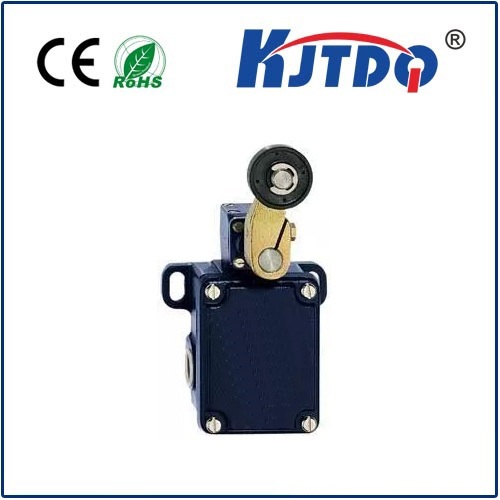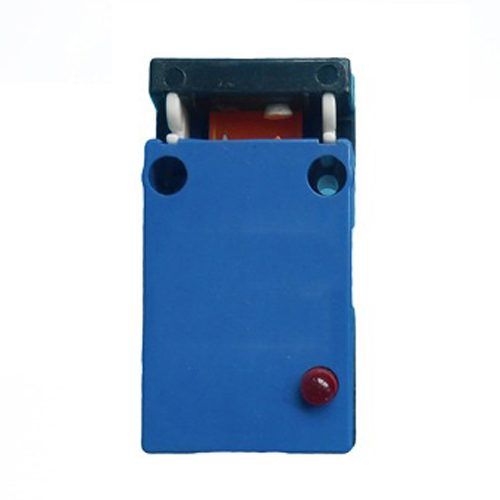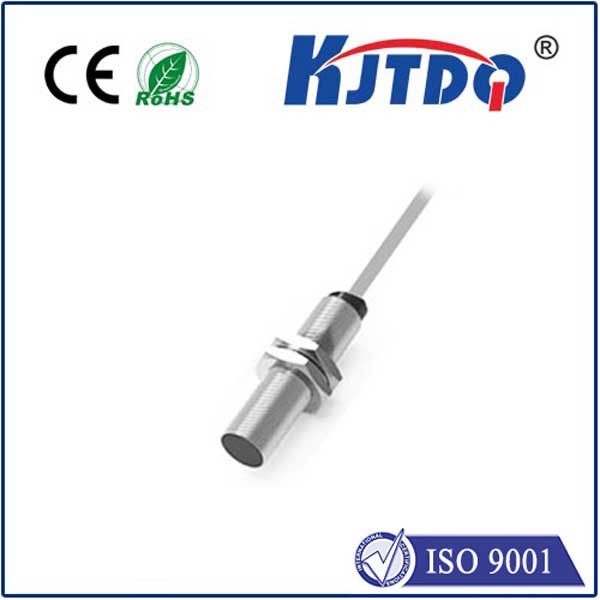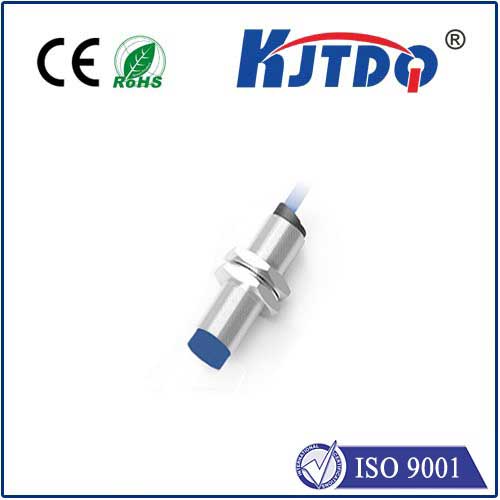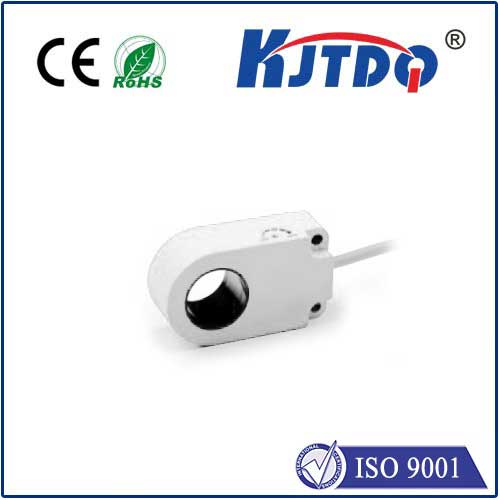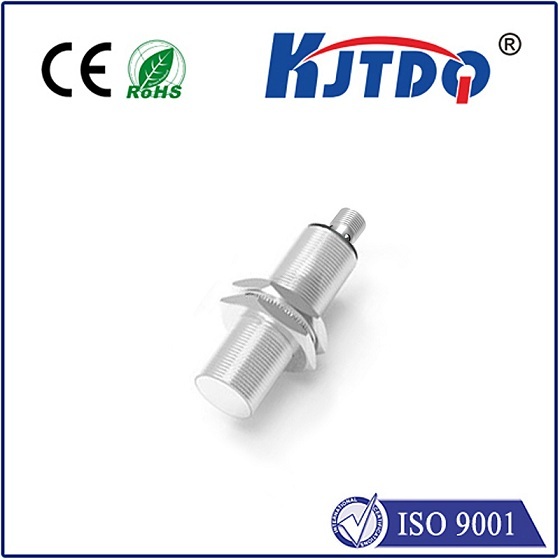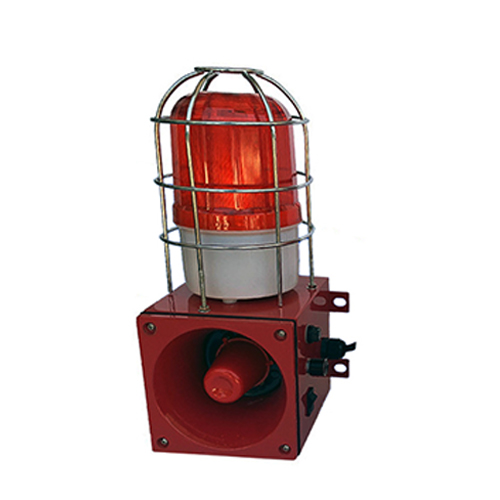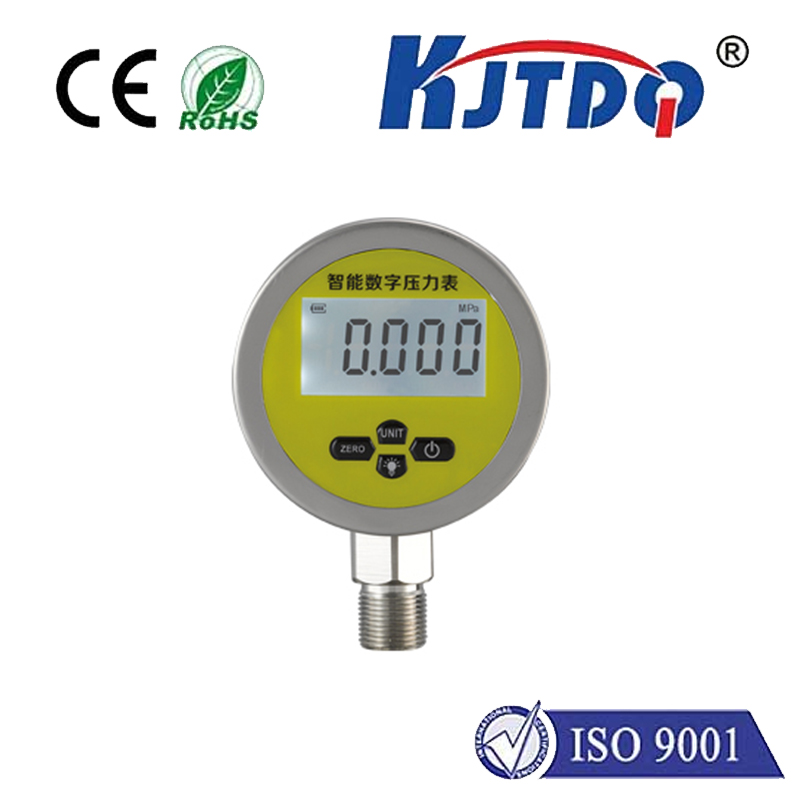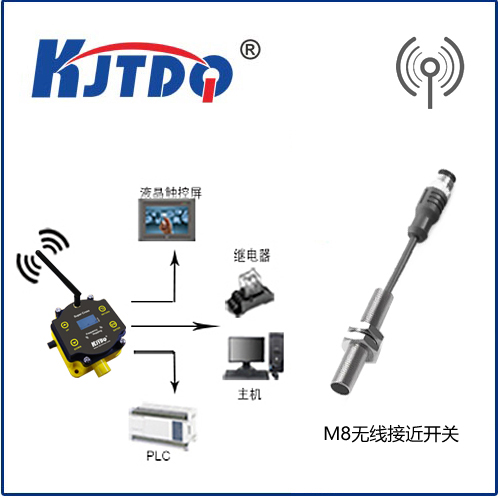pressure sensor switch
- time:2025-08-19 09:50:20
- Click:0
Pressure Sensor Switches: The Silent Sentinels of Touch and Threshold Control
Introduction
Imagine stepping onto a welcome mat as you enter a store, triggering a cheerful chime. Or consider the safety mechanism preventing heavy machinery from operating unless a protective guard is securely locked. These everyday interactions, often unnoticed, rely on a fundamental yet crucial technology: the pressure sensor switch. Far more than just simple buttons, these devices are sophisticated sensors designed to detect force or weight and convert that physical input into a reliable electrical signal, acting as the critical link between the tangible world and automated systems. Understanding how they work and where they excel is key to appreciating their pervasive role in modern technology.
What Exactly is a Pressure Sensor Switch?
At its core, a pressure sensor switch is a transducer. It senses an applied force or pressure (within a specified range) and responds by changing its electrical state – typically opening or closing an electrical circuit. This state change signals a control system (like a PLC - Programmable Logic Controller) or directly powers/controls another component (like a light or motor). Unlike complex analog pressure sensors that provide a continuous measurement (e.g., PSI or kPa readings), a pressure sensor switch is fundamentally a digital device. Its primary function is to provide a clear “on” or “off” signal based on whether a preset pressure threshold has been crossed. Think of it as a vigilant gatekeeper, only allowing the signal to pass when the required force is applied.
The Mechanics Behind the Magic: How Do They Work?
While designs vary significantly, the fundamental principle involves converting mechanical force into electrical action:

- Applied Force: Pressure is exerted on the switch’s actuator (a button, plunger, diaphragm, or flexible mat surface).
- Mechanical Transfer: This force transfers internally, often compressing a spring mechanism or deflecting a diaphragm or flexible sensing element.
- Triggering the Mechanism:
- Mechanical Switches: Common in simpler tactile switches, force moves internal contacts together (closing the circuit - normally open (NO)) or apart (opening the circuit - normally closed (NC)).
- Solid-State Switches: More advanced designs use technologies like piezoresistive elements or capacitive sensing. Applied pressure changes the electrical resistance (piezoresistive) or capacitance (capacitive) of a material. This change is detected by internal circuitry, which then toggles an electronic output (like a transistor switching).
- Output Signal: The switch sends a high/low voltage or open/closed circuit signal to the connected system.
- Reset: When pressure is removed, internal mechanics (springs) or material elasticity return the switch to its original state, ready for the next cycle. Hysteresis is often incorporated to prevent unwanted “chatter” when pressure hovers near the threshold.
Key Types of Pressure Sensor Switches
The diverse applications demand different switch types:
- Tactile Switches: Small, button-like switches requiring finger pressure. Common in keyboards, control panels (e.g., microwave oven buttons). They offer distinct tactile “click” feedback.
- Membrane Switches: Flexible, layered switches activated by pressing a graphic overlay onto underlying contacts. Found on appliance control panels, medical devices – ideal where sealing and easy cleaning are paramount.
- Plunger/Pushbutton Switches: Feature a prominent plunger or button for positive actuation, often with higher force ratings. Used in industrial controls, testing equipment.
- Pressure Mat Switches: Flexible, large-area sensors detecting weight or pressure across their surface. Applications include security (intruder detection), automatic doors, patient monitoring in beds, retail entrances.
- Diaphragm/Pressure Pad Switches: Used where a specific pressure range needs monitoring, often with adjustable thresholds. Detect fluid/air pressure changes or weight distribution on pads. Found in pneumatics, medical devices (infusion pumps, respiratory equipment), industrial machinery safety guards.
- Vacuum/Pressure Switches: Specifically designed to monitor gas or liquid pressure/vacuum levels in systems like HVAC, automotive (brake boosters), and process control, triggering actions at set points.
Where Are Pressure Sensor Switches Essential?
Their versatility makes them indispensable across countless industries:
- Industrial Automation & Machinery: Safety interlocks (ensuring guards are closed), part presence detection on assembly lines, conveyor start/stop controls, clamping force verification, overload protection, process pressure monitoring.
- Automotive: Brake light activation (pedal pressure), door ajar sensors, seat occupancy sensors (for airbag control), TPMS (Tire Pressure Monitoring System - often uses analog sensors, but switches exist for threshold alerts).
- Consumer Electronics: Keyboards, remote controls, game controllers, touch-sensitive controls on appliances.
- Medical Devices: Bed exit alarms, infusion pump occlusion detection, respiratory equipment pressure thresholds, foot controls for surgical equipment.
- Security & Access Control: Door/window contact sensors (some types), pressure mats for perimeter security or automatic door activation.
- HVAC Systems: Monitoring air filter blockage (pressure drop), duct pressure switches.
- Robotics: End-of-arm tooling for grip force feedback, bump sensors for collision avoidance.
The Compelling Benefits: Why Choose Them?
- Simplicity & Reliability: Often mechanically straightforward, offering dependable operation in demanding environments with minimal electronics.
- Cost-Effectiveness: Generally more affordable than complex analog sensors, especially for basic threshold detection needs.
- Direct Control: Provide a straightforward digital signal easily integrated into control logic.
- Durability: Many types, especially industrial-grade, are built to withstand harsh conditions like vibration, moisture, dust, and millions of actuations.
- Safety: Critical role in machine safety systems, preventing operation under unsafe conditions.
- Energy Efficiency: Can control power to devices, turning them off when not needed (e.g., lights activated by pressure mats).
- Versatility: Available in countless form factors, force ranges, IP ratings, and electrical configurations (NO, NC, SPDT) to fit virtually any application.
Choosing the Right Pressure Sensor Switch
Selecting the optimal switch requires careful consideration:
- Force Range: What minimum pressure needs detection? What is the maximum expected force? (Measured in Newtons (N), pounds-force (lbf), or grams (g)).
- Actuation Type: Button, plunger, flexible mat, diaphragm?
- Environment: Exposure to temperature extremes, chemicals, moisture, dust, vibration? Requires appropriate IP ratings and material choices (stainless steel, sealed housings).
- Electrical Requirements: Voltage/current rating (VAC/VDC, amperage), output type (mechanical contact, PNP/NPN transistor, solid-state relay)?
- Physical Size & Mounting: Constraints on space and mounting method (screw, adhesive, snap-in)?
- Lifecycle Expectancy: How many actuations must it endure reliably?
- Adjustability: Is a fixed or adjustable pressure threshold required?
The Ubiquitous Workhorses
From the simple click of a keyboard key safeguarding massive industrial presses, pressure sensor switches are the often-overlooked guardians and initiators in our technological world. Their ability to reliably translate the physical act of touch or force application into a definitive electrical command makes them fundamental building blocks of automation, safety, and user interaction. As technology evolves with more advanced materials and solid-state designs, these silent sentinels will continue to play a vital role, ensuring machines operate safely, processes run efficiently, and interactions remain intuitive across countless applications. Understanding their operation, types, and benefits empowers engineers, designers, and technicians to select and deploy these critical components effectively.












